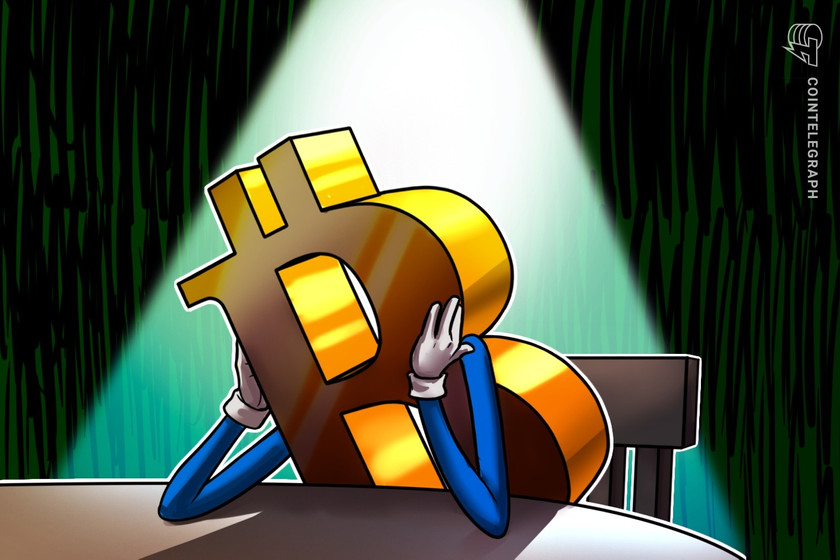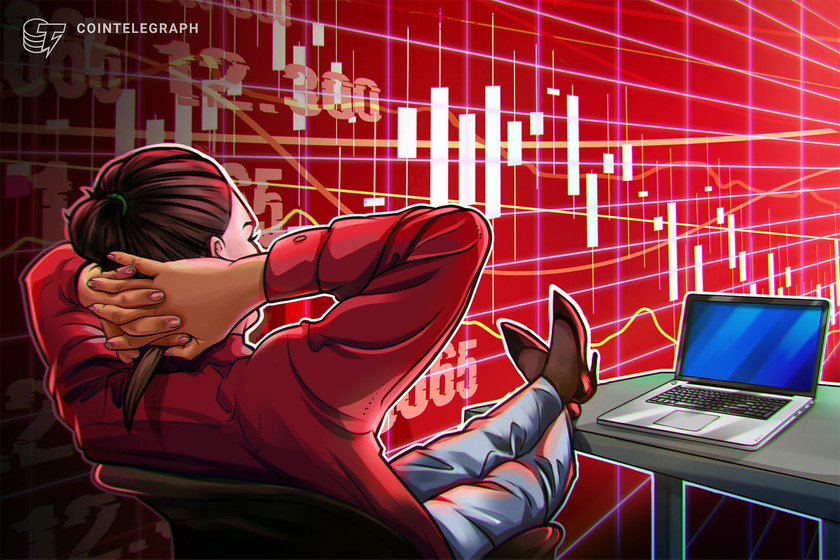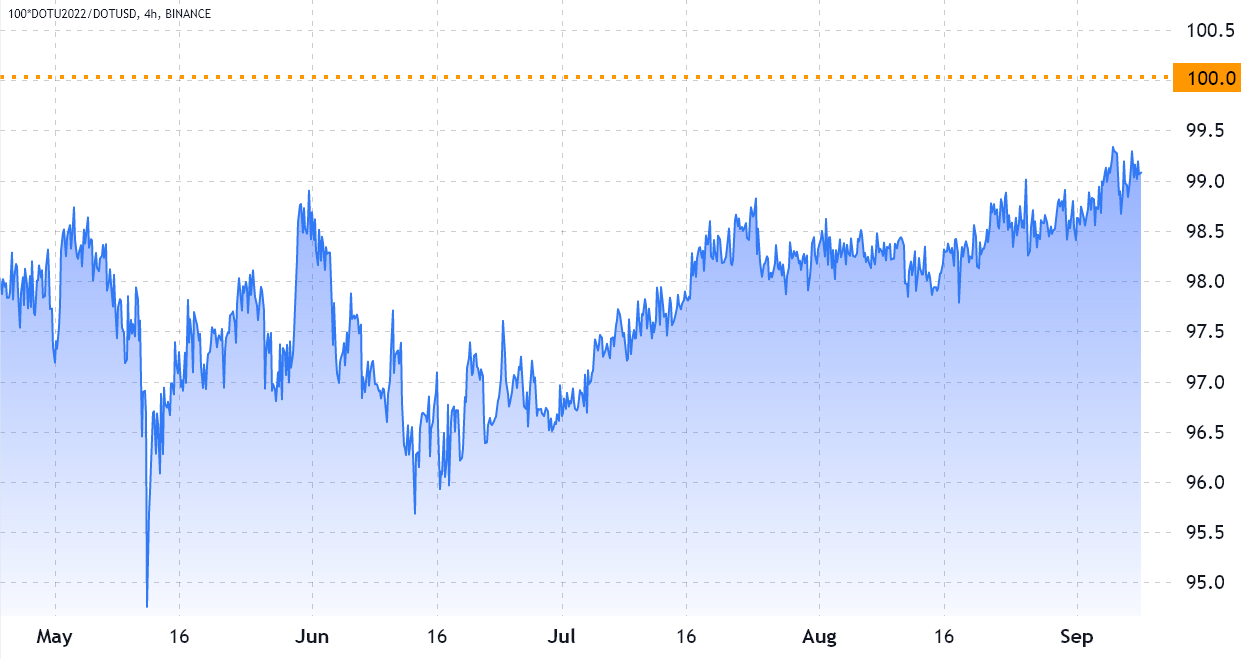Bitcoin fails to break the $21K support, but bears remain shy


BTC futures and stablecoin margin data shows a lack of appetite from buyers even as Bitcoin gained 7.5% in a week.
Bitcoin (BTC) rallied on the back of the United States stock market’s 3.4% gains on Oct. 28, with the S&P 500 index rising to its highest level in 44 days. In addition, recently released data showed that inflation might be slowing down, which gave investors hope that the Federal Reserve might break its pattern of 75 basis-point rate hikes after its November meeting.
In September, the U.S. core personal consumption expenditures price index rose 0.5% from the previous month. Although still an increase, it was in line with expectations. This data is the Federal Reserve’s primary inflation measure for interest rate modeling.
Additional positive news came from tech giant Apple, which reported weak iPhone revenues on Oct. 27 but beat Wall Street estimates for quarterly earnings and margin. Moreover, Apple chief financial officer Luca Maestri said services would grow year-over-year in the fourth quarter.
Bitcoin futures data shows reluctant buyers
Retail traders usually avoid quarterly futures due to their price difference from spot markets. Still, they are professional traders’ preferred instruments because they prevent the perpetual fluctuation of contracts’ funding rates.
These fixed-month contracts usually trade at a slight premium to spot markets because investors demand more money to withhold the settlement. But this situation is not exclusive to crypto markets, so futures should trade at a 4%–10% annualized premium in healthy markets.


Bitcoin’s futures premium has stood below 2% for the past 30 days, signaling a complete lack of interest from leverage buyers. Furthermore, there was no significant improvement on Oct. 29 as BTC rallied toward the $21,000 resistance.
In a nutshell, derivatives traders are far from optimistic about Bitcoin’s price despite the low cost of adding bullish positions. Still, one must also analyze the BTC margin markets to exclude externalities specific to the futures instrument.
Derivative traders are unwilling to place bullish bets
Margin trading allows investors to borrow cryptocurrency to leverage their trading position, potentially increasing their returns. For example, one can buy Bitcoin by borrowing Tether (USDT), thus increasing their crypto exposure. On the other hand, borrowing Bitcoin can only be used to short it — betting on the price decrease.
Unlike futures contracts, the balance between margin longs and shorts isn’t necessarily matched. When the margin lending ratio is high, it indicates that the market is bullish — the opposite, a low lending ratio, signals that the market is bearish.


The chart above shows that investors’ morale topped on Oct. 13 as the ratio reached 23.5, which is seldom sustainable for longer-term periods. From that point onward, OKX traders presented less demand for borrowing Tether, exclusively used to bet on the price uptrend.
Still, the ratio currently stands at 7.5, leaning bullish in absolute terms, as it favors stablecoin borrowing by a wide margin. It is worth highlighting that no sentiment change happened despite Bitcoin’s 7.5% weekly rally between Oct. 24 and Oct. 31.
A lack of excitement does not mean bearishness
Derivatives data shows no demand from buyers even as Bitcoin flirted with $21,000 on Oct. 29. Unlike retail traders, these experienced whales tend to anticipate movements by holding on to their conviction even when markets move the opposite way.
The above data suggests that traders expecting Bitcoin to break above $21,000 in the short term will likely be disappointed. However, on a positive note, there has been no sign of bears getting more confident, as both futures and margin markets remain neutral to bullish.
The views and opinions expressed here are solely those of the author and do not necessarily reflect the views of Cointelegraph. Every investment and trading move involves risk. You should conduct your own research when making a decision.



































